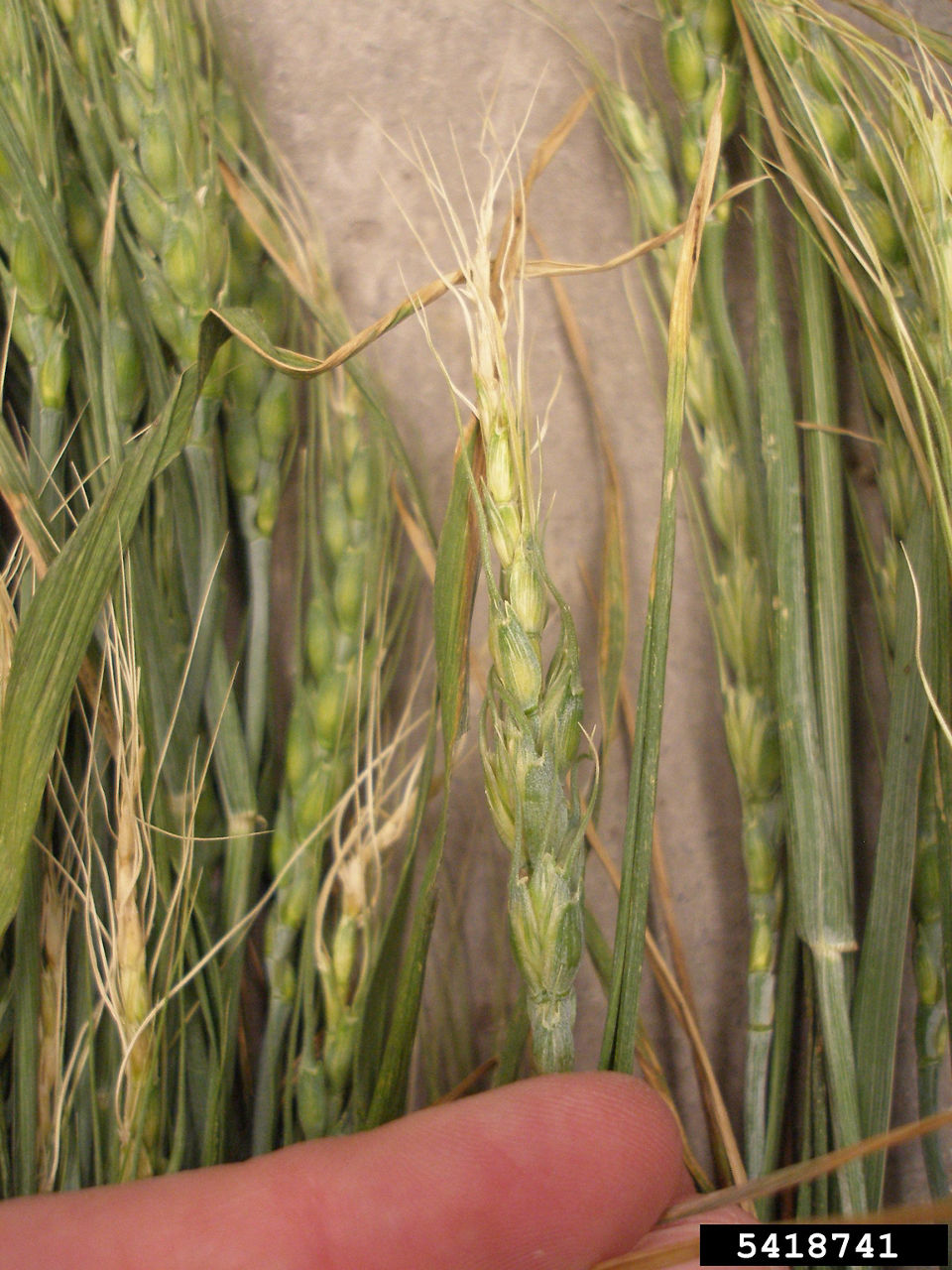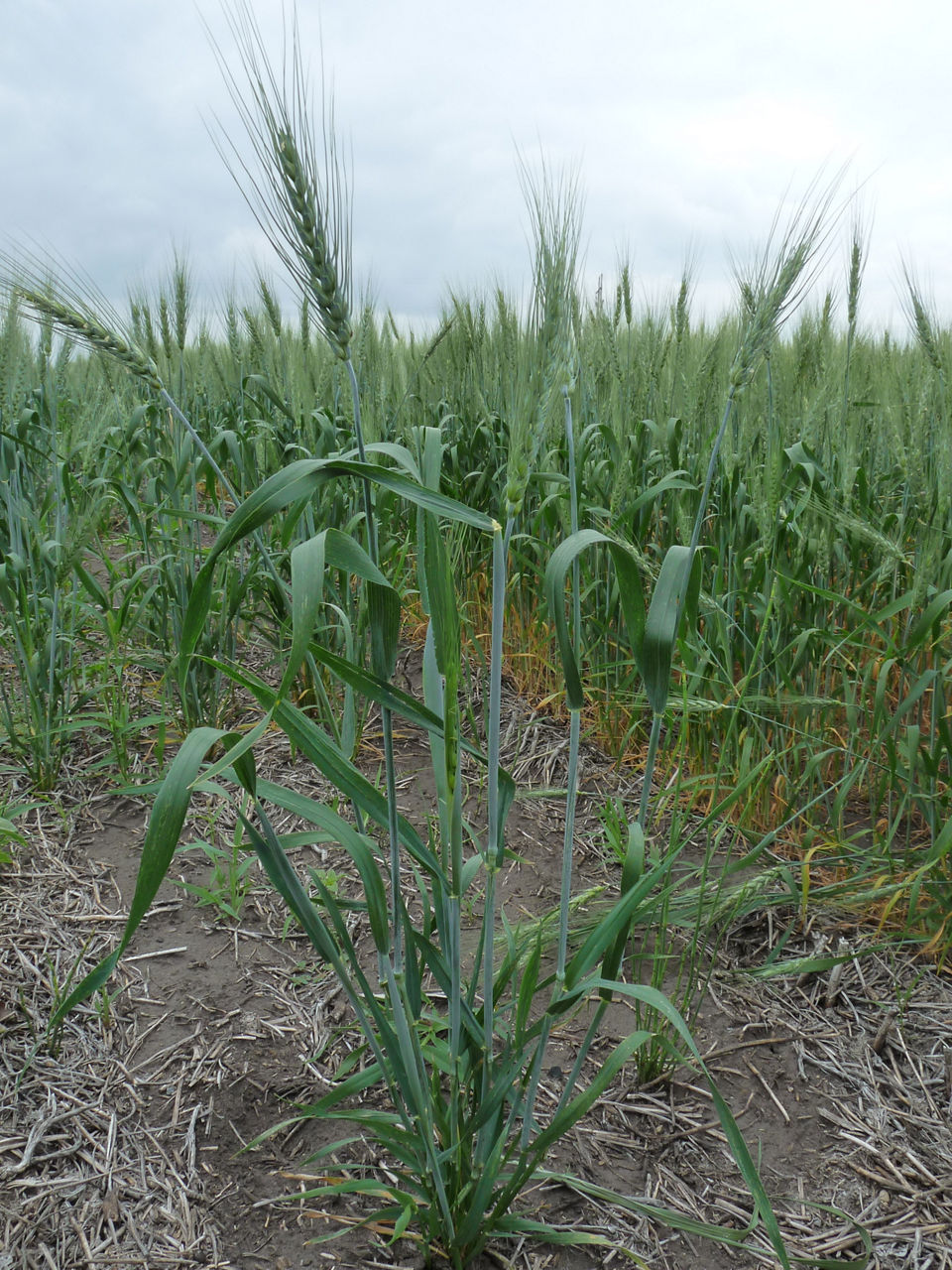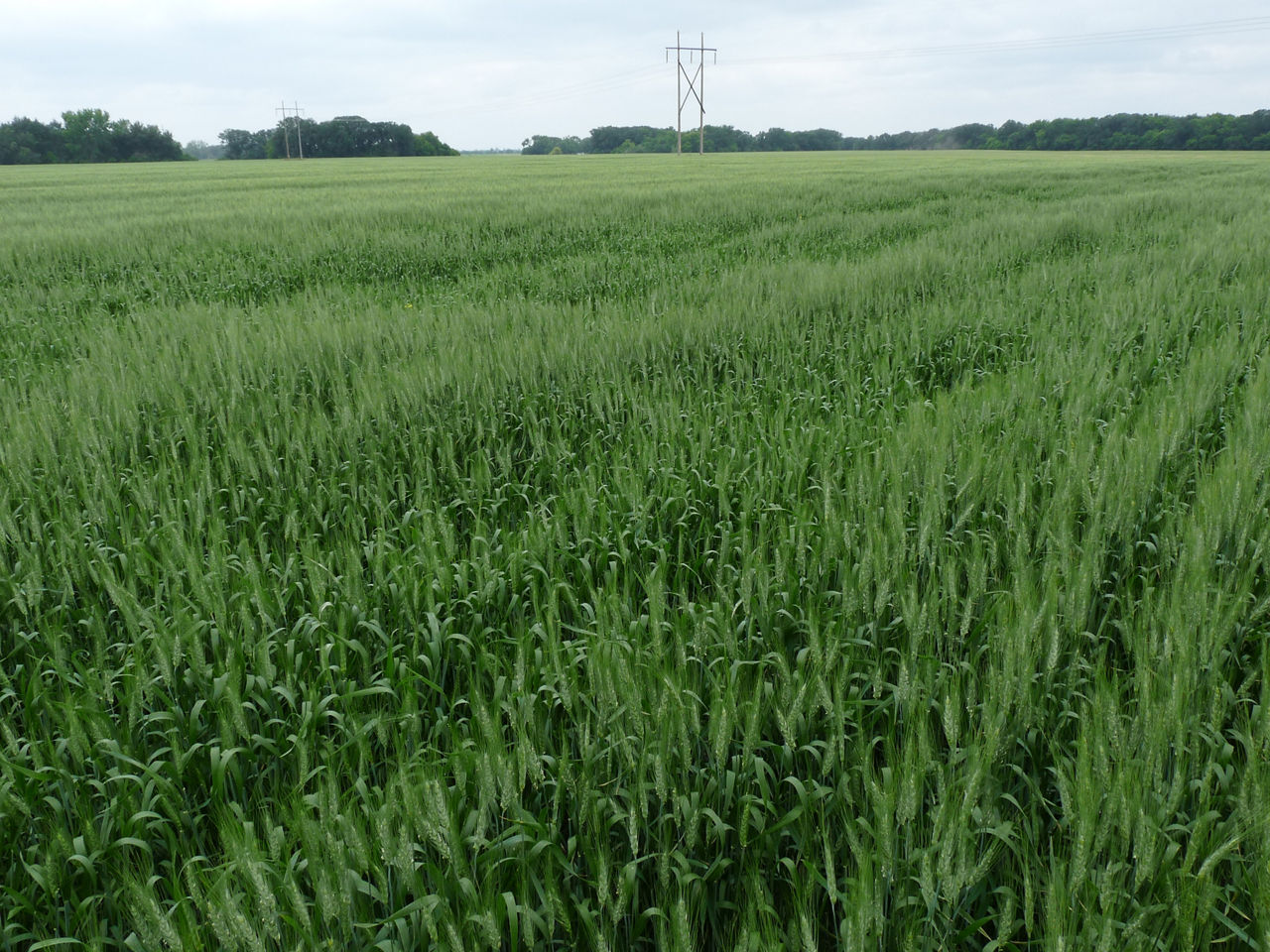5 READ-TIME
Effects of Frost on Cereal Crops That Are Not Fully Mature
August 30, 2021
Late-season frost on cereals can cause yield reduction, downgrading, and poor germination rates of grain. Frost prior to flowering or during milk stage can be very detrimental to yield potential while frost at the hard dough stage may cause minimal yield loss. While weather cannot be controlled, there are some agronomic practices that may be applied to help manage the risk of frost and grain spoilage.
Frost Timing
The impact of frost on cereal crops prior to maturity depends on the growth stage at the time of the frost. Frost can result in damage to the stem, leaves, tillers, and developing heads.
Stem elongation to head emergence- Frost at this stage can damage the stem, leaves, or developing head and possibly kill the primary tiller. This may result in weaker stems which are more prone to lodging, re-tillering, or damaged or lost heads.
Flowering- Frost can cause sterility during flowering leading to reduced grain production (missing kernels).
Kernel and milk development- Kernel shrinkage and kernel loss (therefore yield loss) can occur with a frost event during milk stage.
Dough development- At the early dough stage, the crop may tolerate -6°C for up to an hour before grain is impacted, resulting in shriveled kernels. By the hard dough stage little yield loss occurs with a frost event.1,2
Scouting
Take note of low temperatures as other stresses may mimic frost damage. Wait seven to ten days after a frost event before assessing the impact to the crop. Check low-lying areas where frost is likely to be most severe.
If frost occurred prior to flowering, check the stem for damage (browning or rough texture), unroll the leaves and split the stem open to find the head. Check for discolouration, stunting, or water-soaking on the head.
If frost occurred after flowering, check for white to yellow, shrunken, dimpled kernels. Later, these kernels may appear brown and shriveled. Note that kernels in the same head may not be impacted to the same extent.1
Frost may impact germination, and grain that received a fall frost should be tested before using for seed.2

Figure 1. Frost damaged wheat. Mary Burrows, Montana State University, Bugwood.org.
Proactive Management
Any management practice that encourages normal maturity can help reduce the risk of fall frost.
Genetics- Some varieties mature later than others. In Alberta, differences in days to maturity varies by up to four days depending on the variety (within the Canada Western Red Spring Wheat class).3 Select earlier maturing varieties if the threat of frost is a concern.
Seeding- Seeding date, rate, and depth can all impact maturity.
- Seeding date: Cereal crops can handle low temperatures early in the season while the growing point is below the soil surface (up until the 5th leaf stage).4 Seeding early may help reduce the risk of late season frost damage.
- Seeding rate: An appropriate seeding rate can reduce the number of tillers and time to maturity (Figure 2).5 Seeding rates should consider seed weight and germination to help calculate a target plant population. This target may vary by crop and geography. For example, spring wheat recommendations in Manitoba are 23 to 28 plants per square foot (250 to 300 plants per m2).5 In Ontario, the recommended target plant population for spring wheat is 28 to 37 plants per square foot (300 to 400 plants/m2).6 It is best to check local sources for recommendations on seeding rate.
- Seeding depth: To some extent, cereal crops can be seeded deeper to place the seed into moisture. Avoid seeding spring cereal crops deeper than three inches (7.5 cm). Barley is the exception which should be seeded no more than two inches (5 cm) deep.5 The deeper the crop is seeded, the longer it takes to emerge (Figure 3).6,7 Ensure seeding depth is within the recommended range for the cereal crop to take advantage of early season growth.

Figure 2. Very low seeding rate allowing wheat plant to tiller. Stages on this plant vary from head emergence to grain fill.

Figure 3. Patches of wheat with delayed maturity where wheat was seeded deeper than the rest of the field.
Nutrients- Apply adequate fertility to the crop. Nutrient deficiency can slow growth (nitrogen and phosphorous) or delay maturity (zinc).8
Fungicides- Select a fungicide that provides crop protection without delaying maturity. Some fungicides have a greening effect that can improve plant health and delay maturity. Group 11 fungicides are most known for this greening effect. Carboxamides (a chemical group within Group 7) can also cause a greening effect.9
Environmental Conditions that can Delay Maturity
Cool, wet conditions can delay growth making a late-season variety even later.3 Late season rain can green up a maturing crop with tillering.10
Harvest Management
If a cereal crop has received a fall frost prior to maturity, there are a few management options to consider.
Harvest when grain moisture is right. For wheat and feed barley, 14.5% moisture content is safe to harvest and store for one year. Malting barley is dry at 13.5% moisture content. Oats are dry at 12% moisture content. Harvest can begin at 18 to 20% moisture content for the above grains if drying operations are able to bring the moisture content down to acceptable storage standards. Hulled barley should not be harvested if moisture content is above 13.5%.5
Manage risk of lodging and shattering. Frosted crops lodge and shatter more easily. Monitor frosted crops to assess this risk and time harvest accordingly. Swathing could be an option if lodging or shattering are high risk and the grain is not yet dry enough to combine. Swathing can begin when grain moisture is 30% for barley and 35% for wheat and oats.5 In the case of late season tillers, the risk of delaying harvest of the mature heads often outweighs the yield potential of the late tillers; however, if the tillers make up a large portion of the yield and are only a few days behind the crop, it may be worth delaying harvest until they reach maturity.10
Manage risk of additional downgrading. Wet weather after a frost could cause additional downgrading (mildew/heating).2
Sources
1 Government of Western Australia. 2020. Frost identification guide for cereals bulletin 4905.
2 Manitoba Agriculture and Resource Development. Manitoba fall frost information bulletin. https://gov.mb.ca/search/agriculture/?q=fall+frost+bulletin.
3 Fedko, A. Alberta Seed Guide. Alberta Seed Growers Association and the Alberta Seed Processors. https://www.seed.ab.ca/variety-trials/cereals/.
4 Manitoba Agriculture and Resource Development. Spring frost damage. https://www.gov.mb.ca/agriculture/crops/crop-management/spring-frost-damage-bulletin.html#:~:text=%20Spring%20Frost%20Damage%20%201%20Cereal%20Crops.,affected%20by%20frost.%20If%20the%20emerged...%20More%20.
5 Manitoba Agriculture and Resource Development. Crop Management. https://www.gov.mb.ca/agriculture/crops/crop-management/index.html.
6 Ontario Ministry of Agriculture, Food and Rural Affairs. Agronomy Guide for Field Crops Publication 811.
7 Wheat: Canada Prairie Spring Wheat. Saskatchewan. https://www.saskatchewan.ca/business/agriculture-natural-resources-and-industry/agribusiness-farmers-and-ranchers/crops-and-irrigation/field-crops/cereals-barley-wheat-oats-triticale/wheat-canada-prairie-spring-wheat.
8 Pandey, M., Shrestha, J., Subedi, S., Shah, Kabita. 2020. Role of nutrients in wheat: a review. DOI:10.26480/trab.01.2020.18.23.
9 Amaro, A.C.E., Baron, D., Ono, E.O. Rodrigues, J.D. 2020. Physiological effects of strobilurin and carboxamides on plants: an overview. Acta Physiol Plant 42, 4. https://doi.org/10.1007/s11738-019-2991-x.
10 Peter, M.L. 2015. Spring rainfall causes late tillers in some Kansas wheat. Kansas State University Extension. https://www.ksre.k-state.edu/
Legal Statements
Performance may vary from location to location and from year to year, as local growing, soil and weather conditions may vary. Growers should evaluate data from multiple locations and years whenever possible and should consider the impacts of these conditions on the grower’s fields.
©2021 Bayer Group. All rights reserved. 6022_S1
